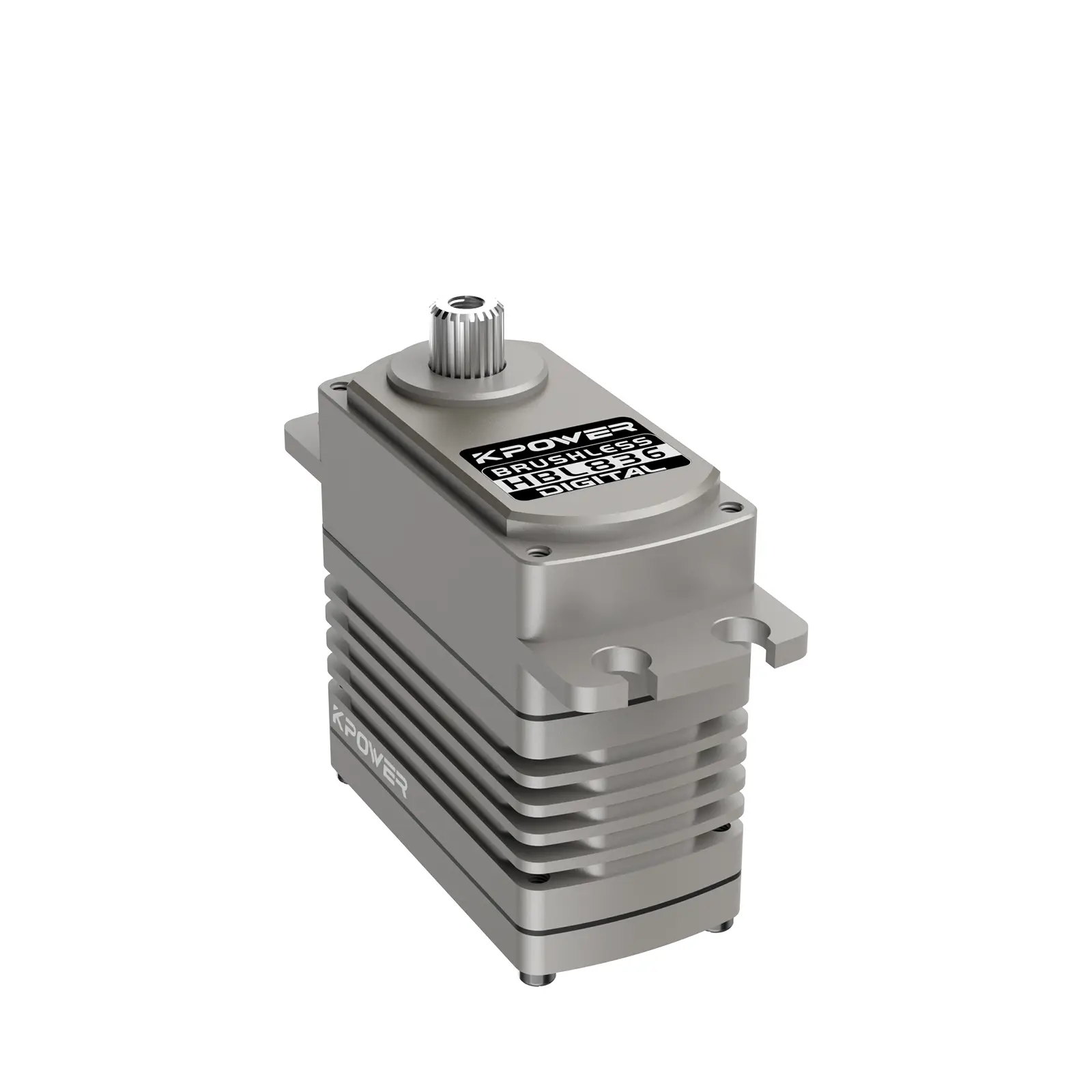Looking for a compact, reliable way to add precise movements to your project? Enter the 9g micro servo, a tiny powerhouse that packs quite a punch. If you’ve ever tinkered around with robotics or DIY gadgets, you’ve probably encountered these little marvels. But stepping behind the scenes, the datasheet is an unsung hero—making sure you know exactly what you’re working with.

The datasheet for the micro servo 9g isn’t just a dry sheet of numbers and specs. It’s a treasure map that guides you through torque limits, voltage ranges, and speed ratings. You'll find that these servos usually operate comfortably within a voltage window of 4.8V to 6V. Push them beyond, and you're risking burnouts. Keep them within the recommended range, and they'll provide stable, consistent performance.
Ever wondered about the torque? Most 9g servos can deliver around 1.5 kg/cm—enough to turn small arms, open tiny lids, or precisely position sensors. Speed is another big seller; some can reach up to 0.12 seconds per 60 degrees. That means if you’re aiming for quick, snappy movements without sacrificing control, this servo checks those boxes nicely.
What about installation? The datasheet usually has dimensions—plus details on the connector pinouts, which might seem mundane but save a lot of headaches during soldering or wiring. Knowing the weight, roughly 9 grams, helps in balancing multi-motor setups, especially when designing with lightweight parts.
People often ask: Can it handle continuous rotation? Well, most of these serve basic positional control, but there are versions designed for continuous rotation too. The datasheet clarifies that—no surprises there. If you want to push your project further, compatibility with different controllers or PWM signals is covered too, giving you a clear roadmap for smooth integration.
It’s tempting to just grab one and go, but digging into datasheets is like having a secret handshake. You get durability info, loading cycles, and even typical failure modes. That way, your project isn’t just functional for a few minutes but stands the test of time.
If you’re stuck on selecting the right servo, think about what your project demands—more torque? Faster response? The datasheet helps filter out the options, making the decision process straightforward. Plus, knowing the electrical characteristics can help you optimize power management, reducing heat and extending lifespan.
Sometimes, the less obvious features are gold mines—like the stall current ratings, showing maximum current load before failure. Planning for that means reducing surprises during operation. I mean, nobody wants a servo holding steady just to suddenly cut out when you crank up the power.
So, why the fuss about the datasheet? Because it’s your blueprint—your cheat sheet for making sure that tiny servo serves your big vision. It’s amazing how much detail can be packed into a small PDF, but that’s what makes it invaluable when you’re piecing together your masterpiece. Whether you’re crafting a robot arm, a remote-controlled vehicle, or an art installation, understanding your micro servo 9g datasheet is a step toward perfection.
Leveraging innovations in modular drive technology, Kpower integrates high-performance motors, precision reducers, and multi-protocol control systems to provide efficient and customized smart drive system solutions.




































